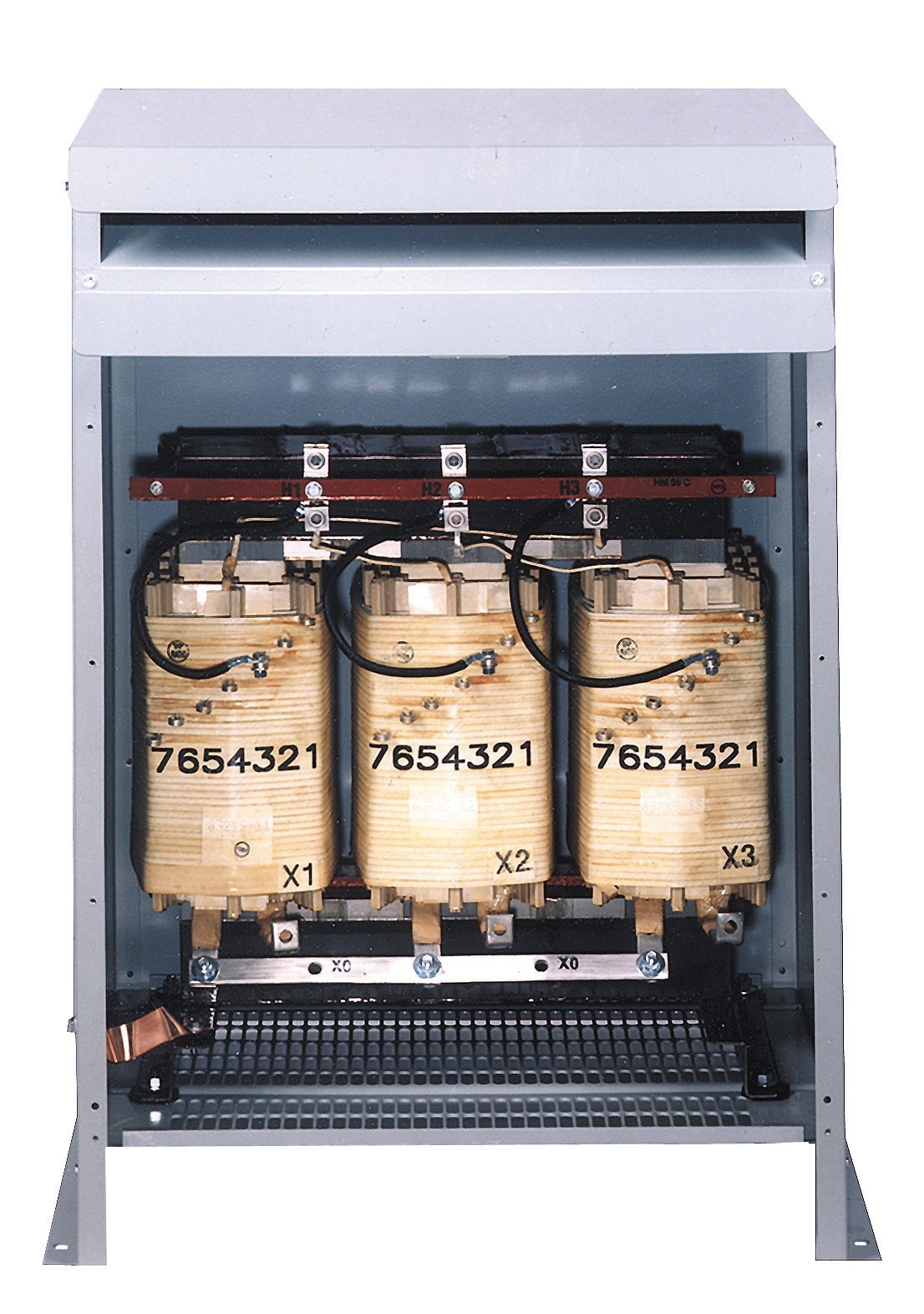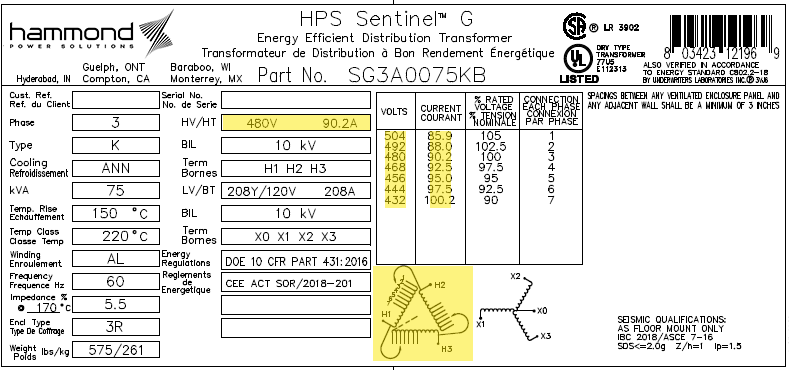In the PV/Solar grid-tie applications the primary side of transformer is often incorrectly identified as the side connected to the solar inverter. In practice; the transformer will initially be energized from the side tied to the facility/utility grid.
Determine Primary Side of Transformer in Solar PV Applications
Artcile from | Hammond Power Solution

In the PV/Solar grid-tie applications the primary side of transformer is often incorrectly identified as the side connected to the solar inverter. In practice; the transformer will initially be energized from the side tied to the facility/utility grid. After the transformer is energized from facility/utility grid it will send power to the inverter. The current (load) will remain idle until inverter pushes current back through the transformer to the facility/utility grid when the PV plant generates power. At this point the transformer is being used in a bi-directional application with no additional energizing inrush currents when the PV source is generating power.
Hammond Power Solutions’ transformers are intended to be energized on the side indicated as primary. This allows proper control of energizing inrush currents.
In most applications, HPS has seen a Delta connection successfully used for the connection to the facility/utility grid even if the facility/utility grid power is Wye-Neutral. This typically satisfies grounding requirements without an additional bond at a transformer neutral because the facility/utility grid phases should already be properly grounded when they reach the transformer. Specifiers should review each site for specific needs, utility requirements and local electrical codes before making any final decisions.
A Wye-N with a neutral connected to the facility/utility grid can result in circulating currents through the neutral and transformer overheating. This occurs most often when the PV array is not generating, but there may still be heavy single-phase loads at facility.
It is commonly accepted for inverter connections to grid-tie transformers to be Wye-Neutral. This allows a point on the transformer’s secondary to be solidly grounded. A solidly grounded secondary will allow the inverters to read balanced phase to ground voltages. In most cases an un-bonded (floating) secondary will result in inverter phase imbalance faults.
HPS can provide transformers with any combination of delta, wye and wye-N connections on either the primary or secondary. This technical paper largely describes utility-interactive systems only. Systems that have no utility connection or can switch out utility connections require additional considerations.

Identifying Primary on a Nameplate:

The content & opinions in this article are the author’s and do not necessarily represent the views of AltEnergyMag

Hammond Power Solutions
HPS is one of the largest manufacturer of dry-type transformers in North America. We engineer and manufacture a wide range of standard and custom transformers that are exported globally in electrical equipment and systems. We support solid industries such as oil and gas, mining, steel, waste and water treatment, commercial construction, data centers and wind power generation. HPS leads the industry in these markets through its technical design strength, breadth of product, and manufacturing capabilities, making HPS a stronger company both fundamentally and financially.
Other Articles
SPI 2019 - Hammond Power Solutions
More about Hammond Power Solutions
Comments (0)
This post does not have any comments. Be the first to leave a comment below.
Featured Product

